Improving shot composition is one of the most important aspects of filmmaking. It is an art that combines various elements of a scene to advance the story, reveal character, and create emotion. Shot composition is more than just arranging scene elements in a camera frame; it requires a deep understanding of the rules and techniques that can keep your audience engaged from beginning to end.
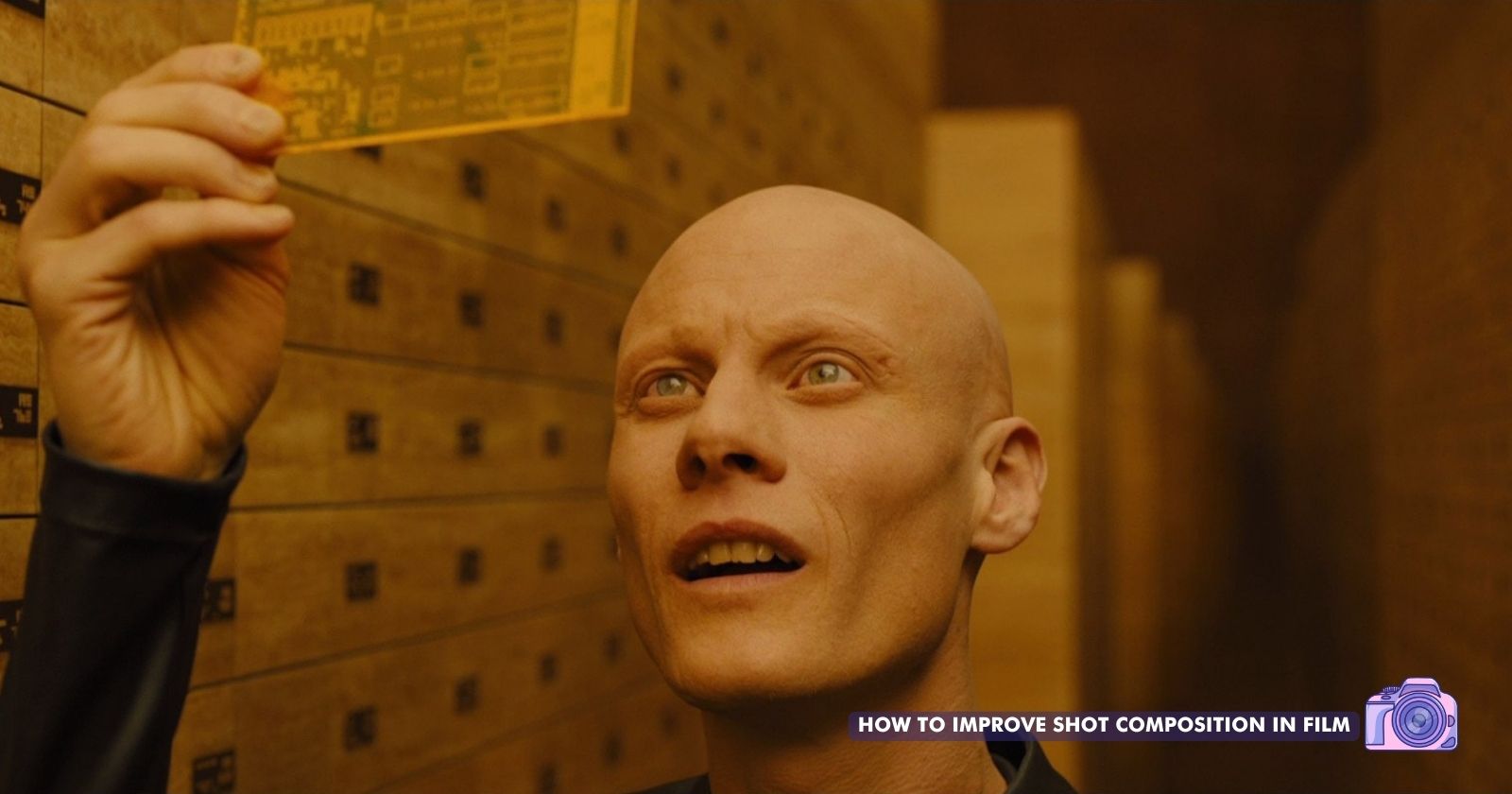
Understanding shot composition is crucial for any filmmaker, whether you are a seasoned professional or just starting. It involves many factors such as camera angle, focal length, and lens choice. The idea behind shot composition is that it can change how viewers perceive an image. By mastering the art of shot composition, you can create powerful and memorable films that resonate with your audience.
In this article, we will explore the basics of shot composition, the rules of framing, and the different camera angles that can be used to create emotion and tension in your films. We will also discuss the role of depth, lines and points, balance and symmetry, and movement and direction in composition. Additionally, we will provide tips for improving shot composition and answer some frequently asked questions.
Here are your key takeaways:
- Understanding the basics of shot composition is crucial for any filmmaker.
- The rules of framing, camera angles, and composition elements such as depth, lines, and points can create emotion and tension in your films.
- By mastering the art of shot composition, you can create powerful and memorable films that resonate with your audience.
What Is Shot Composition in Film?
Shot composition is the way in which you compose a shot for a scene. It refers to the way you arrange elements within the frame to help you convey a message to your audience.
As a filmmaker, you need to understand the importance of shot composition in creating visually compelling scenes that convey meaning and evoke emotions. Shot composition refers to the arrangement of elements within the frame, including camera angles, framing, and movement. By mastering shot composition, you can control how the audience perceives and interprets your film.
The following are some key concepts to keep in mind when it comes to shot composition:
- Composition: The way you arrange the elements in the frame can significantly impact the mood and tone of your film. You can use different techniques such as symmetry, leading lines, and the rule of thirds to create a visually appealing composition.
- Shot composition: This is the process of arranging elements within the frame to create a specific visual effect. You can use various techniques such as framing, camera movement, depth of field, and cinematography to create a compelling shot composition.
- Rules: There are several rules you can follow to improve your shot composition, such as the rule of thirds, the 180-degree rule, and the up/down angle rule. These rules can help you create balanced and visually pleasing shots.
- Frame: The frame is the space within which you arrange the elements of your shot composition. You can use different framing techniques such as close-ups, medium shots, and long shots to create different visual effects.
By understanding these key concepts, you can start to create more visually compelling shots that tell a story and evoke emotions in your audience. Remember to experiment with different techniques and always keep the story you want to tell in mind.
The Basics of Framing
When it comes to shot composition in film, framing is a crucial element that can make or break a scene. Framing refers to the way a scene is set within the film frame and can greatly affect the mood and tone of a shot. Here are some basic concepts to keep in mind when it comes to framing:

The Rule of Thirds
One of the most important concepts in framing is the rule of thirds. This rule suggests that you should divide the frame into thirds horizontally and vertically, creating a grid of nine equal parts. The points where these lines intersect are known as the “power points,” and they are the ideal spots to place your subject. By placing your subject at one of these points, you can create a more dynamic and visually interesting shot.
The 180 Degree Rule
Another important concept in framing is the 180 degree rule. This rule suggests that you should imagine an imaginary line running through the scene, and you should always keep the camera on one side of this line. This helps to maintain spatial continuity and prevent disorientation for the viewer. Breaking this rule can be jarring for the viewer and can disrupt the flow of the scene.
In summary, framing is a crucial element of shot composition in film. By following the rule of thirds and the 180 degree rule, you can create more dynamic and visually interesting shots while maintaining spatial continuity for the viewer.
Exploring Camera Angles
When it comes to improving shot composition in film, exploring camera angles can make a huge difference. By carefully choosing your camera angle and framing, you can influence your audience’s reaction and interpretation of what is presented on screen. In this section, we’ll explore some of the most common camera angles and how they can be used to enhance your shot composition.
Eye Level Framing
Eye level framing is one of the most common camera angles used in film. This type of framing is achieved by placing the camera at the same height as the subject’s eyes. Eye level framing is a great way to create a sense of intimacy between the audience and the subject. It can also be used to create a sense of equality between characters, as it puts them on the same level.
Close-Ups
Close-ups are shots that focus on a single subject or detail. They are often used to convey emotion or to highlight a key moment in the scene. Close-ups can be used to create a sense of intimacy with the subject, or to create a sense of tension or drama.
Medium Shots
Medium shots are shots that show the subject from the waist up. They are often used to show the subject’s body language and facial expressions. Medium shots are a great way to convey emotion and to create a sense of connection between the audience and the subject.
Establishing Shots
Establishing shots are wide shots that are used to establish the location or setting of the scene. They are often used at the beginning of a scene or sequence to give the audience context. Establishing shots can be used to create a sense of scale and to set the tone for the scene.
By exploring different camera angles and framing techniques, you can create a more dynamic and engaging shot composition. Whether you’re using eye level framing to create a sense of intimacy, or establishing shots to set the tone, the right camera angle can make all the difference in how your audience perceives your film.
The Role of Depth
Depth is a crucial element in shot composition that helps create a sense of three-dimensionality in the frame. It is a visual tool that filmmakers use to guide the audience’s attention to specific areas of the frame and to create a sense of space and distance. In this section, we will discuss two ways to use depth in shot composition: deep focus and shallow depth of field.
Deep Focus
Deep focus is a technique where everything in the frame is in focus, from the foreground to the background. It is achieved by using a small aperture, which allows less light to enter the lens, resulting in a greater depth of field. Deep focus is often used in wide shots and long takes to create a sense of realism and to allow the audience to take in the entire scene.
One example of deep focus is the famous opening shot of Orson Welles’ “Citizen Kane.” In this shot, the camera starts outside the mansion, then moves through a window and into the room, where we see Kane’s dying words. The entire shot is in focus, from the sign outside the mansion to the snow globe in Kane’s hand.
Shallow Depth of Field
Shallow depth of field is the opposite of deep focus. It is a technique where only a small portion of the frame is in focus, while the rest is blurred. It is achieved by using a large aperture, which allows more light to enter the lens, resulting in a shallower depth of field. Shallow depth of field is often used to isolate a subject from the background and to create a sense of intimacy.
One example of shallow depth of field is the close-up shot of Marion Crane’s eye in Alfred Hitchcock’s Psycho. In this shot, only Marion’s eye is in focus, while the rest of the frame is blurred. This creates a sense of unease and foreshadows the violence that is about to occur.

Depth is an important tool in shot composition that can be used to create a sense of space and distance, guide the audience’s attention, and convey emotions. Whether you choose to use deep focus or shallow depth of field, it is important to consider how it will affect the overall look and feel of your film.
Balance and Symmetry
When it comes to shot composition in film, creating a sense of balance and symmetry can go a long way in creating an aesthetically pleasing and visually appealing shot. Balance refers to the arrangement of elements in the shot in a way that feels visually even. Symmetry, on the other hand, involves creating a composition where elements on either side of the frame mirror each other.
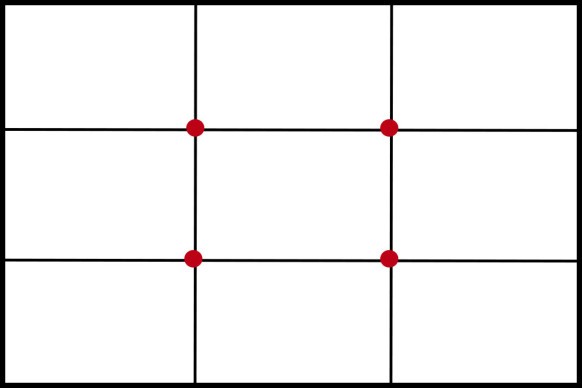
One way to achieve balance and symmetry is to use the rule of thirds. This rule involves dividing the frame into thirds both vertically and horizontally, and then placing the main subject of the shot at one of the points where the lines intersect. This creates a sense of balance and draws the viewer’s eye to the subject.
Here’s a rough mock-up I made using an ending scene from No Time to Die. Notice how Daniel Craig is off to the left which draws your eye to him.
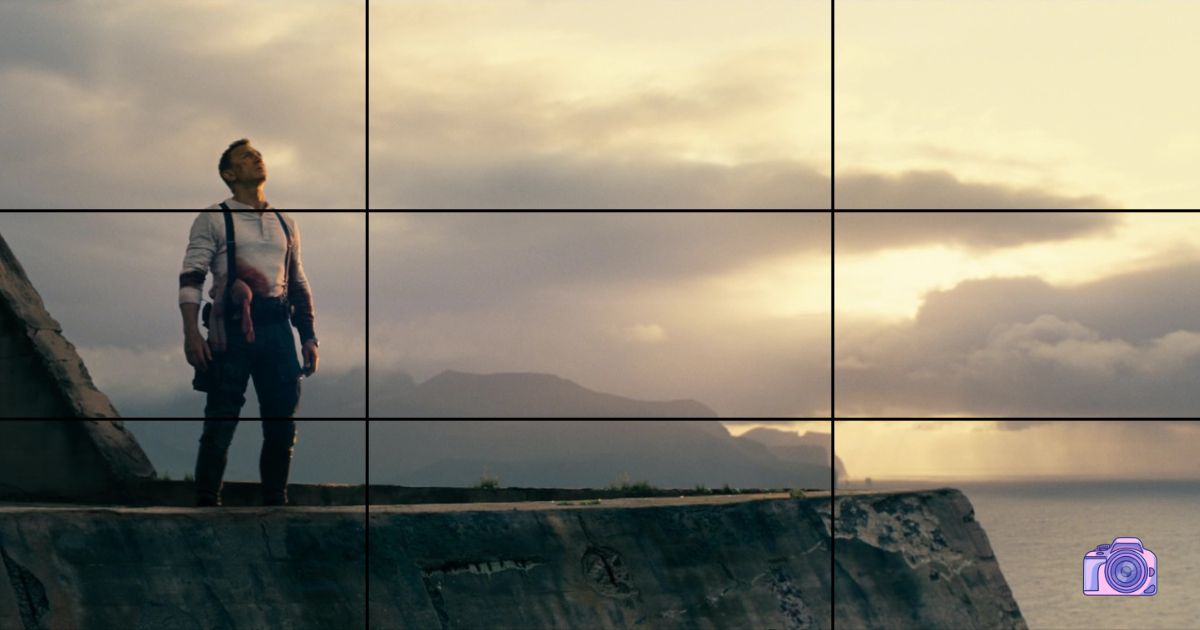
Another way to create balance and symmetry is to use radial balance. This technique involves placing elements in the shot in a circular pattern around a central point, creating a sense of harmony and balance.
Symmetry can also be achieved by using mirror shots, which involve filming a scene using a mirror to create a reflection of the subject. This creates a sense of symmetry and can be used to create a feeling of duality or contrast in the shot.
It’s important to note that while balance and symmetry can create a visually appealing shot, it’s also important to use them in a way that supports the story being told. Sometimes an unbalanced or asymmetrical shot can be used to create tension or emphasize a certain aspect of the scene.
Balance and symmetry are important techniques to consider when composing a shot in film. By using the rule of thirds, radial balance, mirror shots, and other techniques, you can create a visually pleasing and harmonious shot that supports the story being told.
Emotion and Tension in Composition
The way you compose your shots can have a significant impact on the emotions and tension conveyed in a scene. By using the right composition techniques, you can create a powerful moment that resonates with your audience and enhances the narrative.
One way to create emotion in your composition is by using color. Color can be used to evoke different emotions and set the tone for a scene. For example, warm colors like red and orange can create a sense of warmth and comfort, while cool colors like blue and green can create a sense of calmness and serenity. By using color intentionally, you can create a mood that enhances the emotional impact of the scene.
For example, here’s Robert Pattinson in a scene from Twilight. Notice how the shot is using the rule of thirds and creating emotion in the composition by using color.

Another way to create tension in composition is by using framing and camera angles. By using a low angle shot, you can make a character appear more powerful and dominant, while a high angle shot can make them appear vulnerable and weak. You can also use framing to create tension by placing characters in close proximity to each other, creating a sense of claustrophobia and unease.
In addition to color and framing, you can also use movement to create emotion and tension in your shots. By using a moving camera or a moving subject, you can create a sense of energy and excitement in the scene. Conversely, by using a static shot, you can create a sense of stillness and tension.
Overall, by using the right composition techniques, you can create a powerful moment that resonates with your audience and enhances the narrative. By incorporating color, framing, and movement, you can create emotion and tension that draws your audience into the story and keeps them engaged.
The Role of Movement and Direction
In film, movement and direction play a crucial role in shot composition. The way you move the camera can change the entire mood and tone of a scene. Here are a few things to keep in mind when it comes to movement and direction:
Movement
- Pan: This is when the camera moves horizontally, from left to right or right to left. It can be used to follow a character or object, or to reveal something in the frame.
- Tilt: This is when the camera moves vertically, up or down. It can be used to show the height of a building or to reveal something in the frame.
- Zoom: This is when the camera lens changes its focal length, making the object appear closer or farther away. It can be used to create a sense of intimacy or distance between the viewer and the subject.
- Tracking: This is when the camera moves with the subject, either by following them or by moving alongside them. It can be used to create a sense of movement or to emphasize the subject’s importance.
Direction
- Screen Direction: This refers to the direction in which the subject is moving or looking. It is important to maintain consistency in screen direction to avoid confusing the viewer.
- Eye-Line Match: This is when the camera shows the subject looking at something, followed by a shot of what they are looking at. It helps the viewer understand the subject’s perspective.
- 180-Degree Rule: This is a basic rule of continuity editing that states that the camera should stay on one side of an imaginary line when filming a conversation between two people. This helps maintain the spatial relationship between the characters and avoids disorienting the viewer.
By using movement and direction effectively, you can create a more dynamic and engaging shot composition in your film.
The Importance of Context and Background
In film, shot composition is not just about framing the subject. The context and background of the shot can greatly affect the overall impact of the scene. By including relevant elements in the background, you can create a more immersive and engaging experience for your audience.
Context is the setting or environment in which the shot takes place. It provides important information about the characters and their situation. For example, if you are filming a scene in a hospital, including medical equipment and staff in the background can help establish the context and create a more realistic atmosphere.
Background, on the other hand, refers to everything that is not the subject of the shot. It can include scenery, props, and other elements that add depth and detail to the scene. By carefully selecting and positioning these elements, you can create a more visually interesting and dynamic shot.
When considering the context and background of your shot, it’s important to think about the story you are trying to tell. What information do you want to convey to your audience? What emotions do you want to evoke? By answering these questions, you can determine what elements to include in the shot and how to position them for maximum impact.
In summary, context and background are essential components of shot composition in film. By carefully selecting and positioning these elements, you can create a more immersive and engaging experience for your audience. Remember to consider the story you are trying to tell and the emotions you want to evoke when making these decisions.
Lens Choice and Focal Length
One of the most important decisions you’ll make when it comes to shot composition is your lens choice and focal length. The lens you choose will have a significant impact on the look and feel of your shots.
When it comes to lens choice, there are a few things to consider. First, you’ll need to decide whether you want to use a prime lens or a zoom lens. Prime lenses have a fixed focal length, which means they can’t zoom in or out. Zoom lenses, on the other hand, allow you to zoom in and out, giving you more flexibility in your shots.
Another important factor to consider is the focal length of your lens. Focal length is measured in millimeters and determines how wide or narrow your field of view will be. A shorter focal length, such as a 24mm lens, will give you a wider field of view, while a longer focal length, such as a 100mm lens, will give you a narrower field of view.
In general, wide-angle lenses are a great choice for establishing shots or capturing large landscapes. They can also be used to create a sense of depth and space in your shots. However, they can also distort your subjects if you get too close to them.
On the other hand, longer focal lengths are great for close-up shots or shots where you want to isolate your subject from the background. They can also compress your image, making it appear flatter.
Ultimately, the lens and focal length you choose will depend on the specific shot you’re trying to capture. It’s important to experiment with different lenses and focal lengths to find the right look for your shot.
The Beauty of Cinematic Composition
Cinematic composition is an art form that can take a good film and make it great. It’s the process of arranging the elements of a scene in a way that not only tells the story but also creates a visually stunning image. The result is a film that is both captivating and memorable.
Cinematic composition can be seen in many films, including the works of Stanley Kubrick.
Stanley Kubrick’s Approach
Stanley Kubrick was a master of cinematic composition. He was known for his meticulous attention to detail and his ability to create visually stunning images. One of his signature techniques was the use of symmetry in his shots. He would often place his subjects in the center of the frame, creating a perfectly symmetrical image. This technique can be seen in films such as The Shining and A Clockwork Orange.

Kubrick also used the rule of thirds in his compositions, but he would often break this rule to create a more dynamic image. He would place his subjects off-center or use extreme close-ups to create a sense of intimacy with the audience. This technique can be seen in films such as Eyes Wide Shut and Full Metal Jacket.
Another technique that Kubrick used was the use of leading lines. He would use natural or architectural elements in the scene to draw the viewer’s eye to the subject. This technique can be seen in films such as 2001: A Space Odyssey and Barry Lyndon.
Cinematic composition is an important aspect of filmmaking that can elevate a good film to greatness. By using techniques such as the rule of thirds, symmetry, and leading lines, filmmakers can create visually stunning images that are both captivating and memorable. The works of Stanley Kubrick are a testament to the power of cinematic composition and the beauty that can be created through this art form.
Visual Storytelling and Composition
Shot composition is a vital aspect of visual storytelling. It involves arranging the elements of a scene in the camera frame to create emotion, reveal character, and advance the story. Good composition is essential to engage the audience and convey the intended message effectively.
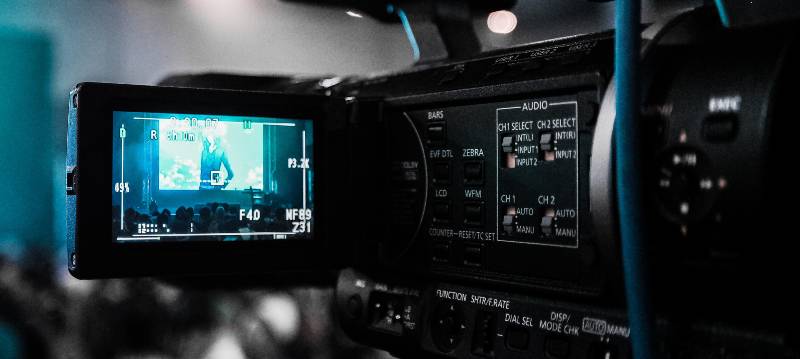
Frame composition is the process of arranging the visual elements within the frame. It includes the placement of the subject, camera angle, and movement, among other factors. The elements of composition include lines, shapes, colors, textures, and patterns, which can be used to create a dynamic and visually appealing shot.
Composition in film is an art that requires creativity, experimentation, and attention to detail. It is not just about following the rules, but also about breaking them to create something unique and memorable. Understanding the principles of composition, such as the rule of thirds, symmetry, leading lines, and depth, can help you create more compelling shots.
When composing a shot, consider the following:
- What is the focal point of the shot?
- What is the emotion or message you want to convey?
- What is the relationship between the subject and the background?
- How can you use lines, shapes, colors, and other elements to create a dynamic shot?
By answering these questions, you can create a shot that effectively communicates your intended message and engages the audience.
Good shot composition is essential to effective visual storytelling in film. By understanding the elements of composition and experimenting with different techniques, you can create shots that are dynamic, visually appealing, and emotionally engaging.
Tips for Improving Shot Composition
Improving shot composition is crucial to creating visually appealing and effective films. Here are some tips to help you improve your shot composition:
- The Rule of Thirds: As mentioned above, the rule of thirds is a fundamental principle of shot composition. It involves dividing the frame into thirds both horizontally and vertically, creating nine equal parts. Placing your subject at one of these points can create a more visually appealing composition.
- Symmetry: Symmetry can be a powerful tool in shot composition. By creating a symmetrical composition, you can draw the viewer’s eye to the center of the frame and create a sense of balance. However, be careful not to overuse symmetry, as it can become monotonous.
- Leading Lines: Leading lines are lines that lead the viewer’s eye through the frame. They can be created by using natural or man-made lines in the environment, such as roads, rivers, or buildings. Leading lines can create a sense of depth and draw the viewer’s eye to the subject.
- Leading and Head Room: Leading room is the space in front of the subject, while headroom is the space above the subject’s head. It’s important to ensure that there is enough leading room in the frame to create a sense of movement and direction. Headroom is also important, as cutting off the top of a subject’s head can create a cramped and claustrophobic feeling.
- Depth: Creating depth in your shot composition can add visual interest and draw the viewer into the frame. This can be achieved by including foreground, middle ground, and background elements in the frame.
- Size Equals Power: The size of the subject in the frame can convey a sense of power or importance. A larger subject can create a sense of dominance, while a smaller subject can create a sense of vulnerability.
- Break the Rules: While these tips are important to keep in mind, don’t be afraid to break the rules. Experiment with different compositions and techniques to create unique and visually interesting shots.
By keeping these tips in mind, you can improve your shot composition and create more visually appealing and effective films.
3 Examples of Shot Composition in Films
1. The Godfather
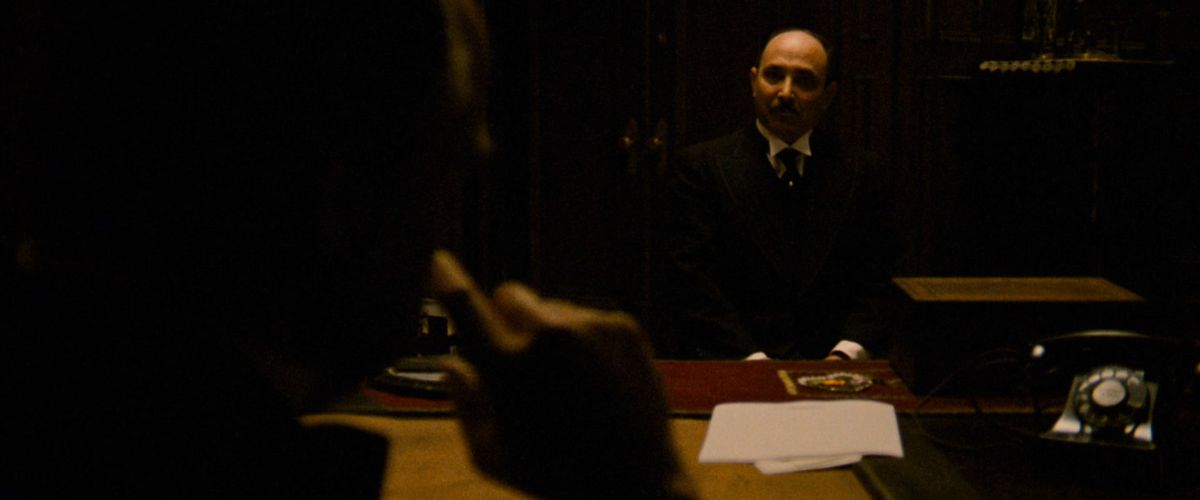
In the opening shot of The Godfather, the dark silhouette of the character is placed against a bright background, creating contrast and visual interest.
2. Jaws
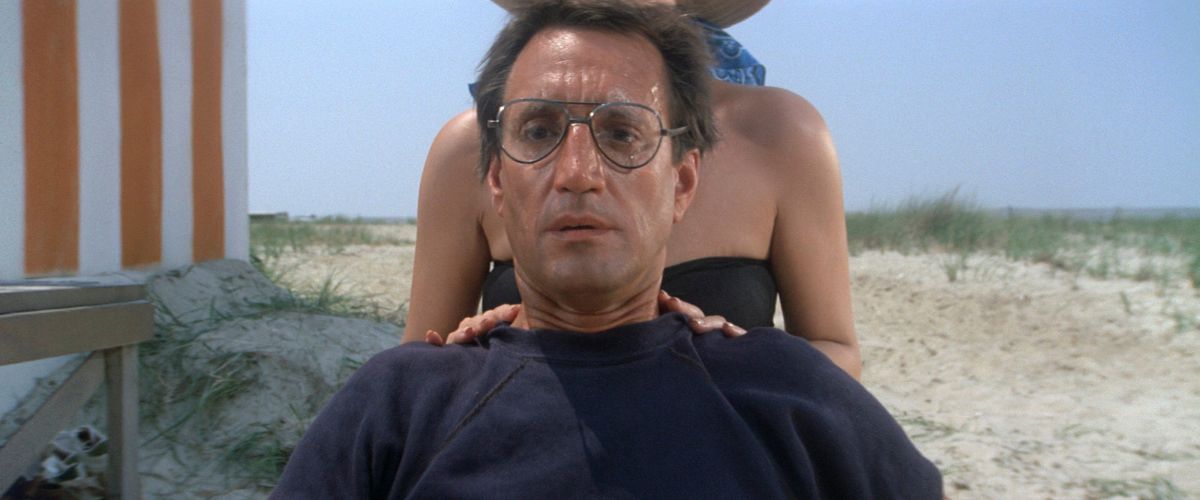
In Jaws, the use of a low angle and a zoom-in on the character’s face creates a sense of tension and impending danger.
3. The Silence of the Lambs
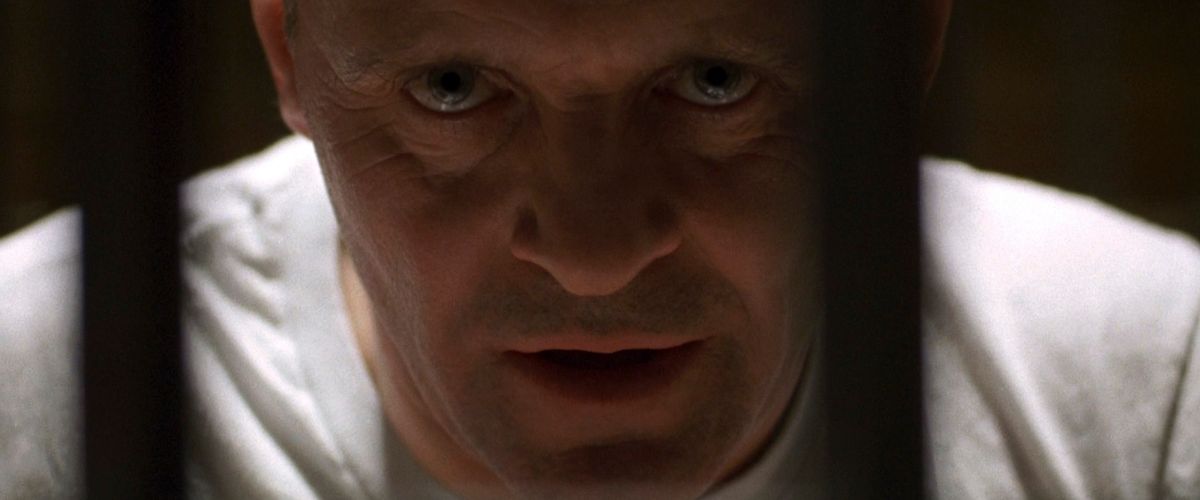
In The Silence of the Lambs, the use of close-ups on the character’s face and eyes creates a sense of intimacy and unease.
Our Overview – The Snapshot
Overall, the more you follow these rules, the better your filmmaking will become. I mean, don’t always follow the rules, as they’re there to be broken, but make sure you understand the rule inside out before breaking them.
Filmmaking is a creative art, and shot composition is an integral part of achieving your goal of filming a high-quality movie.
Use the rules above, and you will improve your filmmaking skills no end. Happy filmmaking!
We hope this article was useful to you. Let us know in the comments what you want to hear about next, and while you are here, why not check out some of our best filmmaking articles below.
- What is a Cinematographer and what do they do?
- The top 12 cinematography tips you MUST know as a filmmaker
- Film distribution: How to get your film distributed
Frequently Asked Questions
What are some techniques for creating negative space in shot composition?
Negative space is the area in the frame that is not occupied by the subject or other elements. One technique for creating negative space is to use a wide shot and position the subject to one side of the frame. Another technique is to use a shallow depth of field to blur the background and create negative space around the subject. Additionally, you can use contrasting colors or textures to create negative space.
What are some common aspect ratios used in film composition?
Aspect ratio refers to the proportion of the width to the height of the frame. Some common aspect ratios used in film composition are 1.85:1, 2.35:1, and 16:9. The aspect ratio used will depend on the filmmaker’s vision and the story being told.
What is the importance of the rule of thirds in shot composition?
The rule of thirds is a guideline that suggests dividing the frame into thirds both horizontally and vertically, and placing the subject or other elements along these lines or at their intersections. This helps create balance and visual interest in the shot, as well as guide the viewer’s eye.
How can framing be used to improve shot composition?
Framing refers to the way in which the elements are arranged within the frame. One way to improve shot composition is to use framing to create a sense of depth or perspective. Another way is to use framing to highlight the subject or other elements within the shot.
What are some tips for achieving depth of field in film composition?
Depth of field refers to the range of distance in the shot that is in focus. One tip for achieving depth of field is to use a wide aperture, which will create a shallow depth of field and blur the background. Another tip is to use a longer lens, which will compress the distance between the subject and the background, creating a sense of depth.